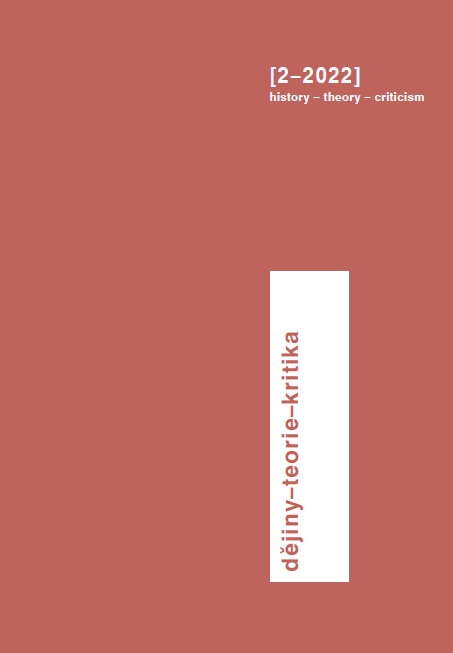Babiččino údolí (Grandmother’s Valley): A Landscape of Memory in Digital Media
DOI:
https://doi.org/10.14712/24645370.2961Keywords:
sites of memory, landscape of memory, Babiččino údolí, Grandmother´s Valley, connective turn, digital mediaAbstract
The study deals with the way national sites of memory behave vis-à-vis connective turn. It observes changes in the culture of remembrance associated with the rise of mass and digital media as well as effects of these changes, using the case of digital image of Babiččino údolí (the Grandmother‘s Valley) on Instagram, Google Maps, and Trip Advisor. It is theoretically based on the work of Andrew Hoskins and Sharon Macdonald. Babiččino údolí is an important site of memory of the Czech national identity – it is associated with a prominent figure of the Czech National Revival, writer Božena Němcová, and her magnum opus Babička. The study examines the commodification elements of the history of Babiččino údolí, which boost the impression of authenticity of the site of memory in a digital environment. It describes how commodification of history promotes the authenticity of Babiččino údolí as a romantic literary landscape of memory. However, it also shows that in some situations, the commodification of history leads to the loss of this primary authenticity and its replacement by a secondary authenticity of a photogenic tourist destination. Thus, the assumption that digital media weaken national frames of memory is not valid. National identity prevails as the reason for visiting Babiččino údolí in the environment of digital platforms, yet the operation principles of these platforms cause this place to be modified into a tourist destination.


